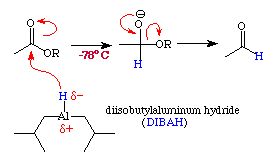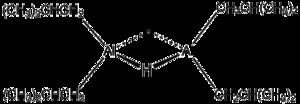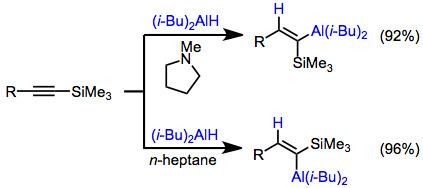Formula C8H19Al Density 798 kg/m³ | Molar mass 142.22 g/mol Appearance colorless liquid | |
 | ||
Diisobutylaluminium hydride (DIBALH, DIBAL, DIBAL-H or DIBAH, DYE-bal) is a reducing agent with the formula (i-Bu2AlH)2, where i-Bu represents isobutyl (-CH2CH(CH3)2). This organoaluminium compound was investigated originally as a co-catalyst for the polymerization of alkenes.
Contents
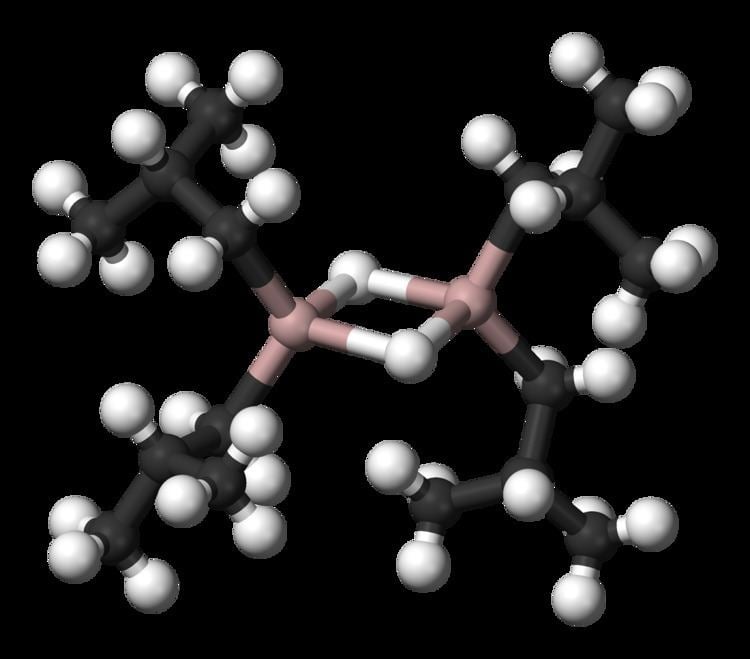
Properties
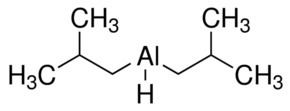
Like most organoaluminum compounds, the compound’s structure is probably more than that suggested by its empirical formula. A variety of techniques, not including X-ray crystallography, suggest that the compound exists as a dimer and a trimer, consisting of tetrahedral aluminium centers sharing bridging hydride ligands. Hydrides are small and, for aluminium derivatives, are highly basic, thus they bridge in preference to the alkyl groups.
DIBAL can be prepared by heating triisobutylaluminium (itself a dimer) to induce beta-hydride elimination:
(i-Bu3Al)2 → (i-Bu2AlH)2 + 2 (CH3)2C=CH2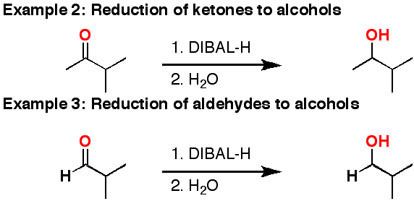
Although DIBAL can be purchased commercially as a colorless liquid, it is more commonly purchased and dispensed as a solution in an organic solvent such as toluene or hexane.
Use in organic synthesis
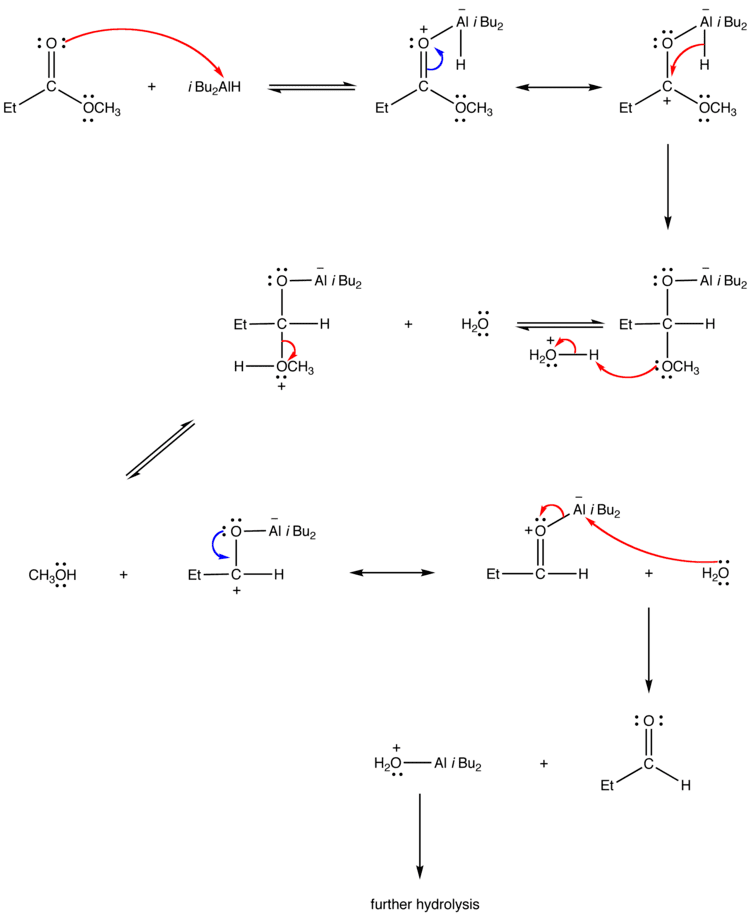
DIBAL is useful in organic synthesis for a variety of reductions, including converting esters and nitriles to aldehydes. DIBAL efficiently reduces α-β unsaturated esters to the corresponding allylic alcohol. By contrast, LiAlH4 reduces esters and acyl chlorides to primary alcohols, and nitriles to primary amines [use Feiser work-up procedure]. DIBAL reacts slowly with electron-poor compounds, and more quickly with electron-rich compounds. Thus, it is an electrophilic reducing agent whereas LiAlH4 can be thought of as a nucleophilic reducing agent.
Safety
DIBAL, like most alkylaluminium compounds, reacts violently with air and water, potentially leading to fires.
